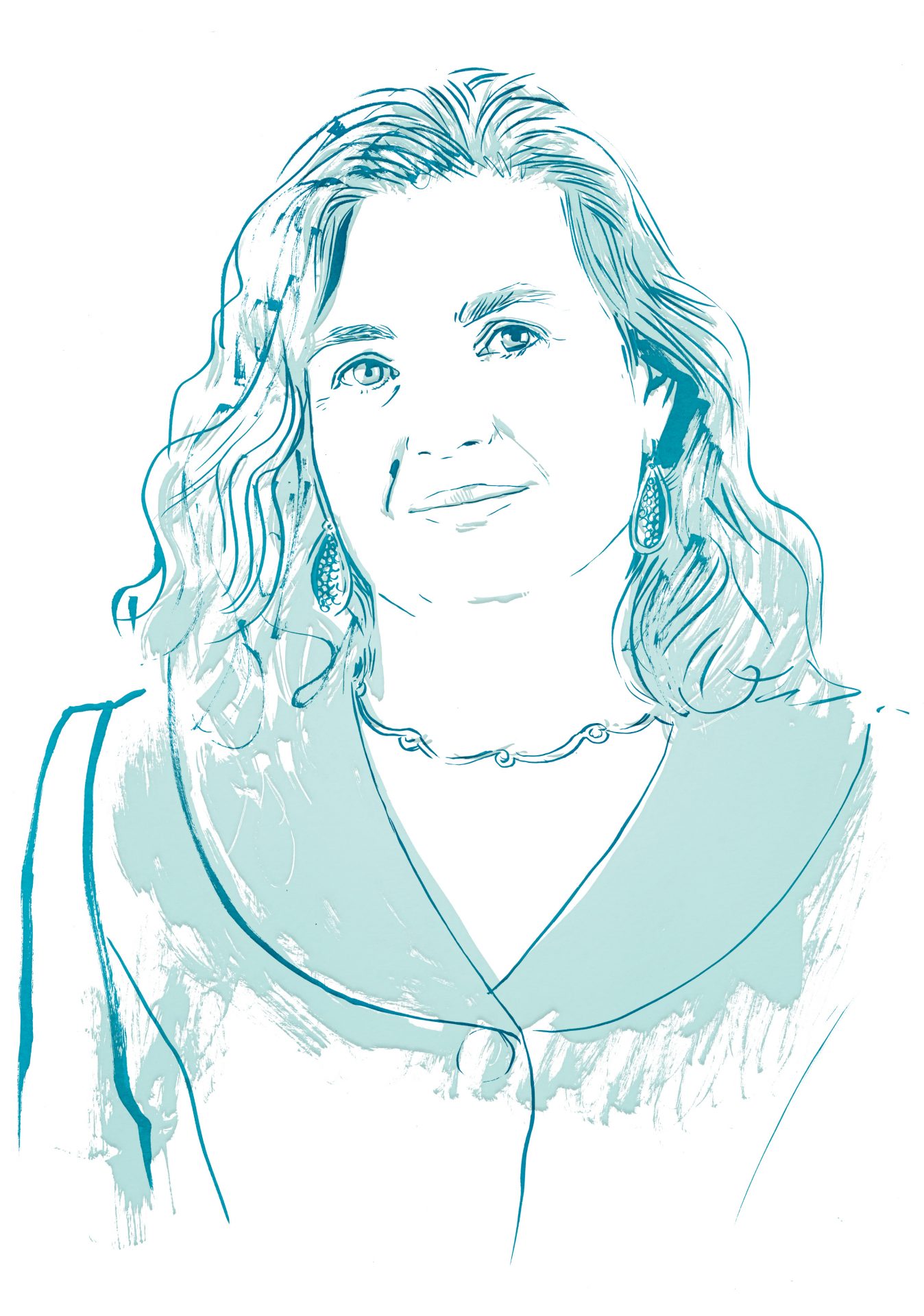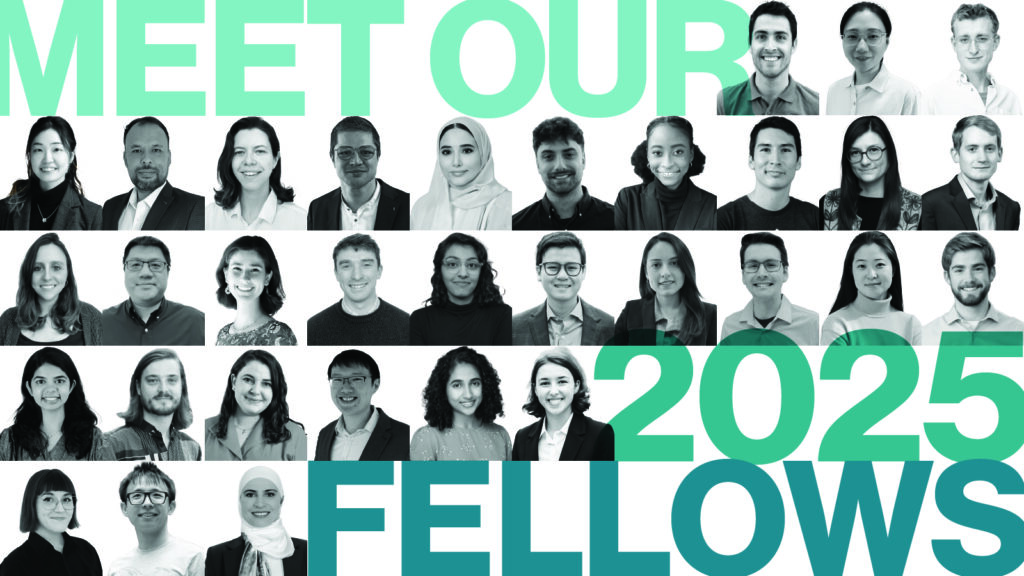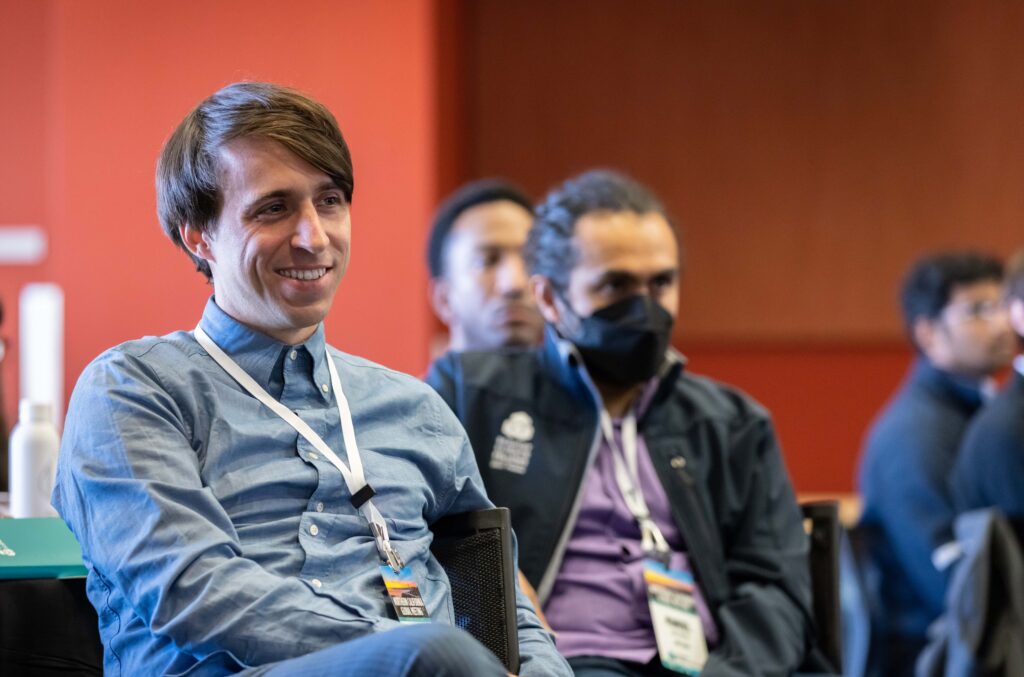This case study features in the Schmidt Science Fellows Annual Report 2018-2019.
Professor Daniela Rus is Director of CSAIL – the Computer Science and Artificial Intelligence Lab at MIT. She was Principal Investigator to 2018 Fellow, Dr. Ryan Truby during his Fellowship year and subsequent Additional Study Grant. Ryan combined his background in materials science with the robotics expertise at CSAIL to forge a path in soft, sensing robotics.
Daniela spoke to us about her perspective as a Principal Investigator to a Schmidt Science Fellow.
How has your experience been as a Principal Investigator in the Schmidt Science Fellows community?
It’s been fantastic. I have to say that my Schmidt Science Fellow Dr. Ryan Truby is exceptional. I have loved the opportunity to connect together the fields of materials science with robotics and machine learning, which was the chance we had with this program. We can now do things that we never would have been able to do in the field of materials science alone, or the field of robotics alone.
We were able to advance an exciting and special problem at the intersection of these three disciplines. Until Ryan joined our team there were no sensors attached to soft robots. Then Ryan invented a new type of material, we call it ‘Kirigami’ sensor skin, that is like a paper-thin sensor attached to soft robotic systems. It creates sensorized systems that can move, sense and get feedback from the world like an elephant trunk or the legs of an octopus. But these systems have so much flexibility that they are very hard to control, and so we were able to couple machine learning into the system that enabled us to develop new models and controllers. And it’s not just for soft robots, it could be applicable to any type of robot.
How did you and your research group benefit from hosting a Fellow?
Ryan is an extraordinary member of my group. He’s outstanding as a human being and as a scientist. He’s so positive and inspiring in how he approaches challenges, and how he doesn’t get scared to try a new method or look into a new discipline.
Ryan has worked with various postdocs and students in my group and has written papers with all these different people. For each collaboration there was mutual betterment, each person learned from the others and really understood the meaning how the whole is better than the sum of the parts.
If we are going to advance the fields between disciplines, then programs like Schmidt Science Fellows are invaluable… I believe that the future belongs to working at the intersection between disciplines.
How do you feel Ryan benefited from being a Fellow in your group?
I think he has strengthened his background in robotics and machine learning and grown as a scholar, technical leader and a group leader. I love how the Schmidt Science Fellowship has given him the skills – it’s not just about the technology – it’s all about developing the people and their leadership, and he certainly learned the lessons in a maximal way.What do you think about the Schmidt Science Fellows model for advancing interdisciplinary training?
It’s very important to the advancement of science because I believe that the future belongs to working at the intersection between disciplines. Creating the tools and using the instruments from different disciplines allows us to move the needle of what we know about the world much more than if we just work within our individual disciplinary boundaries.
If we are going to advance the fields between disciplines, then programs like Schmidt Science Fellows are invaluable. I was very impressed when I saw the detailed vision of the Schmidt Science Fellows program and now I would like to put my name in the hat for future fellowships because I know you spend so much quality time with your fellows and you help them grow scientifically and personally.



